Documentation you actually need to provide to the IRS for the ERC
What is the IRS Notice 2021-20?
IRS Notice 2021-20 provides guidance on how to substantiate claims for the ERC, a refundable tax credit designed to help businesses keep employees on the payroll during the COVID-19 pandemic. The notice includes specific documentation requirements that employers must meet to validate their eligibility for the credit.
Here’s a breakdown of the essential records you must maintain to substantiate your ERC claim:
- Government Orders: Employers must keep copies of any government orders that led to a full or partial suspension of business operations. These documents should highlight the specific portions of the orders applicable to your business. The IRS prefers these orders in PDF format rather than as links.
- Records of Nominal Impact: Employers must maintain records showing that more than a nominal portion of their operations were suspended, or that the government orders had more than a nominal effect on their operations. According to Notice 2021-20, “nominal” generally refers to 10%. But legal definitions of “nominal” vary.
- Significant Decline in Gross Receipts: If your ERC claim is based on a significant decline in gross receipts, ensure you have profit and loss statements, along with any supporting documentation, to back this up.
- Payroll Records: Documentation of which employees received qualified wages is critical. This includes details on when and how much they were paid, and how much of those wages were considered qualified for the ERC.
- Large Employer Requirements: For large eligible employers, it’s necessary to show that employees who received qualified wages were not providing services or were furloughed during the relevant period.
- Health Plan Expenses: If your ERC calculation includes health plan expenses, this must be documented as well.
- Aggregation Analysis: Employers who are part of a larger aggregated group need to follow specific rules to ensure they don’t appear smaller than they are. This includes combining all entities within the group when claiming the credit.
- Form 7200: If you requested an advance of the ERC via Form 7200, ensure you have this on file, even if it was rarely used.
- Employment Tax Returns: Keep copies of all employment tax returns, including any amended returns (Forms 941 and 941-X), as these are key to substantiating your claim.
- * PEO or Payroll Employment Organization Records: If you use a PEO, ensure you maintain the records provided to them, as they may also be subject to IRS scrutiny.
The ERC provided critical support to many businesses during the pandemic, but with that support comes the responsibility to maintain thorough and accurate records. If the IRS comes knocking, you’ll need to ensure you have all the necessary documentation to support your claim. Now is a good time to review your records and ensure everything is in order.
If you have any questions about these requirements or need assistance with your ERC documentation, click here to reach out to us to review your documentation!
Disclaimer: We want to remind you that while we do have expert tax attorneys and tax professionals working on our team and for our clients, this blog is not legal or tax advice. But we do want to help. Reach out and schedule a time to speak with me or one of my teammates to review your unique set of facts and circumstances and see how we might be able to help you.
If you’ve received a request, it’s essential to understand the substantiation requirements outlined in IRS Notice 2021-20. This notice details the key records you need to maintain, including government orders, payroll records, and documentation of significant declines in gross receipts, among others.
To learn more, click here to ensure your ERC claim is fully supported.



